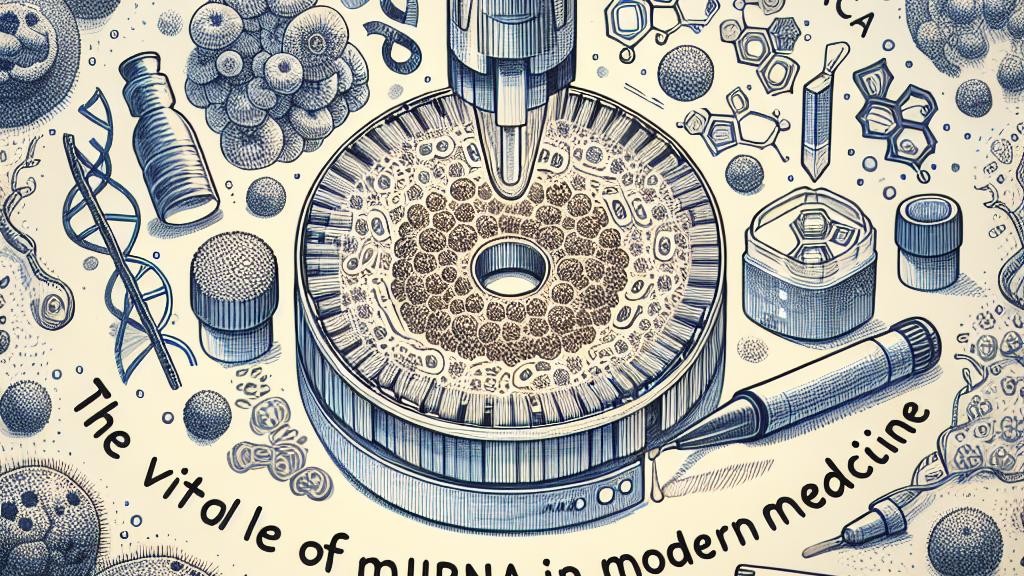Innovative Biosensor Strategy for miRNA Detection
Overview
- Researchers from SIBET, China, unveil a groundbreaking biosensor meticulously crafted for enhanced miRNA detection.
- This state-of-the-art technology makes use of sophisticated DNA nanostructures, significantly amplifying diagnostic sensitivity and precision.
- With an immense potential to revolutionize the early detection of cancer, this biosensor could dramatically transform patient outcomes and treatment strategies.

The Vital Role of miRNA in Modern Medicine
At the forefront of cancer research, microRNAs (miRNAs) have emerged as vital players in the biological landscape. These tiny RNA molecules operate like regulatory switches within our cells, influencing various processes associated with disease progression, particularly in cancer. In a noteworthy advancement, researchers from the Suzhou Institute of Biomedical Engineering and Technology (SIBET) in China have developed a cutting-edge biosensor specifically targeting these markers. With the Nobel Prize recognition of miRNA research, their role in tumor biology is clearer than ever. Consider the impact of detecting aberrant miRNA levels in blood samples; such a diagnostic capability could lead to early-stage cancer identification, ultimately enhancing patients’ chances of recovery and longevity.
An Ingenious Design for Enhanced Sensitivity
The brilliance of SIBET's biosensor lies in its innovative design, featuring a three-dimensional DNA triangular pyramid frustum (TPF) as a sophisticated scaffold. This unique architecture not only ensures optimal target recognition but also boosts the sensor's sensitivity, making it a standout among existing technologies. By implementing strain-promoted alkyne-azide cycloaddition (SPAAC), the biosensor achieves remarkable specificity when interacting with target miRNA. In practice, the integrated duplex-specific nuclease (DSN) meticulously digests non-target single-stranded DNA, thus refining the accuracy of the readings. To illustrate, experiments reveal that as miRNA concentrations increase, the electrochemical signals intensify correspondingly—a clear demonstration of how effective this biosensor can be in distinguishing between healthy and affected samples. Such a level of precision is imperative when considering the implications for real-world diagnostics.
Revolutionizing Clinical Diagnostics with Unmatched Precision
The implications of this innovative biosensor extend far beyond its technical prowess; it stands to revolutionize the entire field of clinical diagnostics. Imagine the ability to swiftly detect early-stage cancer markers, providing healthcare professionals with invaluable tools for proactive patient management. For instance, this biosensor could identify high-risk individuals long before symptoms manifest, facilitating prompt interventions that could save lives. By integrating DNA nanostructures into the biosensor design, a new standard of efficiency and effectiveness is set. As research evolves, we can foresee an exciting future where such advancements shape the landscape of medical diagnostics, not just for cancer but across numerous health challenges. Ultimately, the potential of this technology opens doors to a healthier tomorrow, fostering hope for patients and reshaping therapeutic approaches.

Loading...